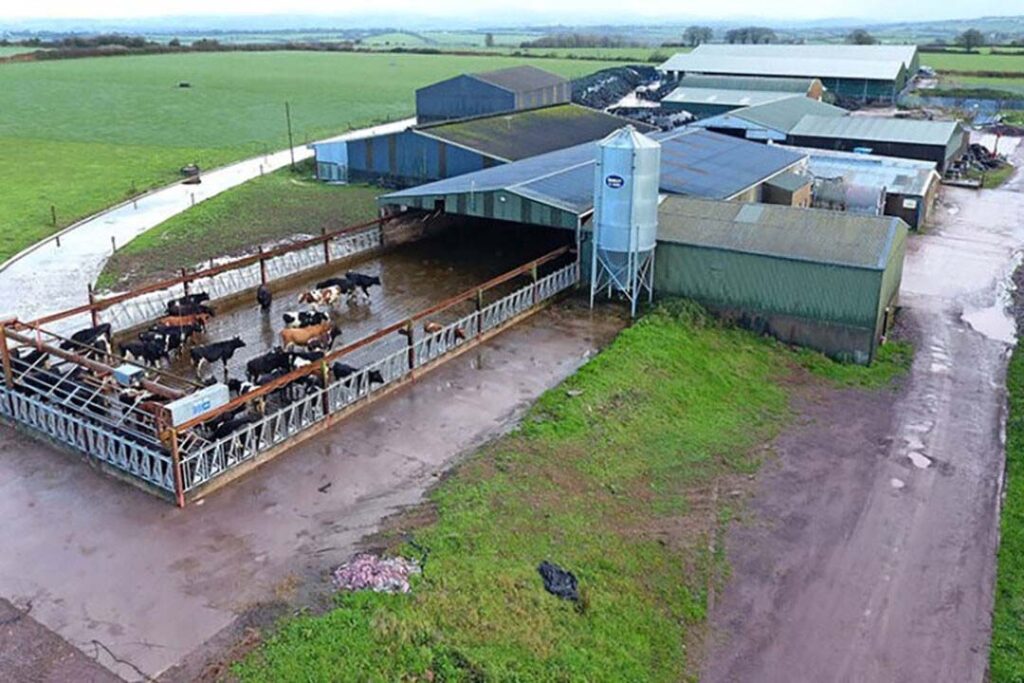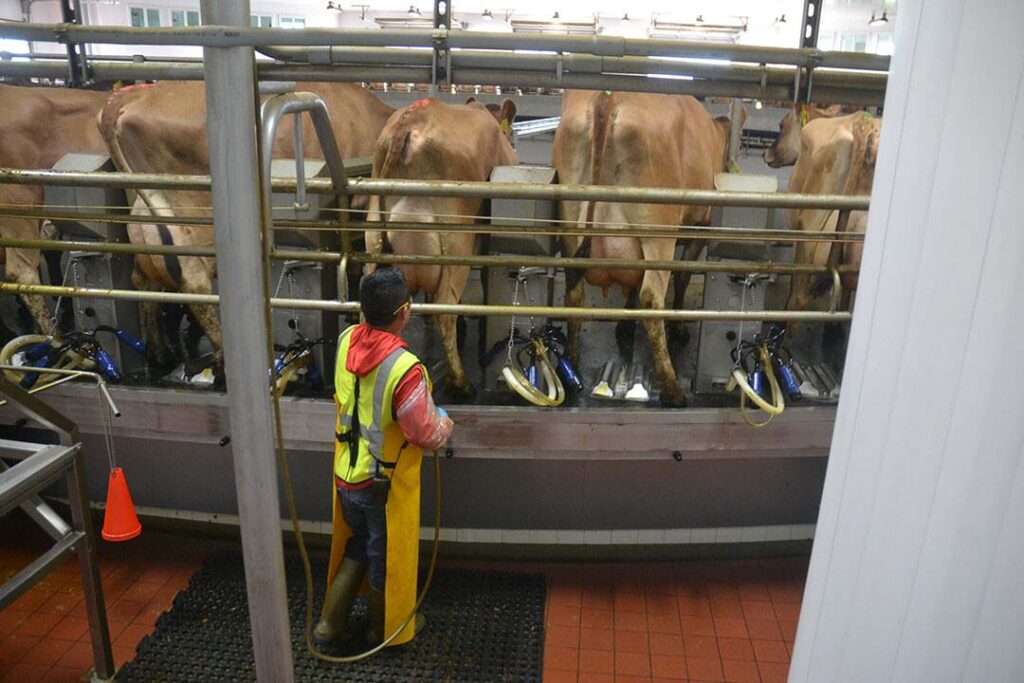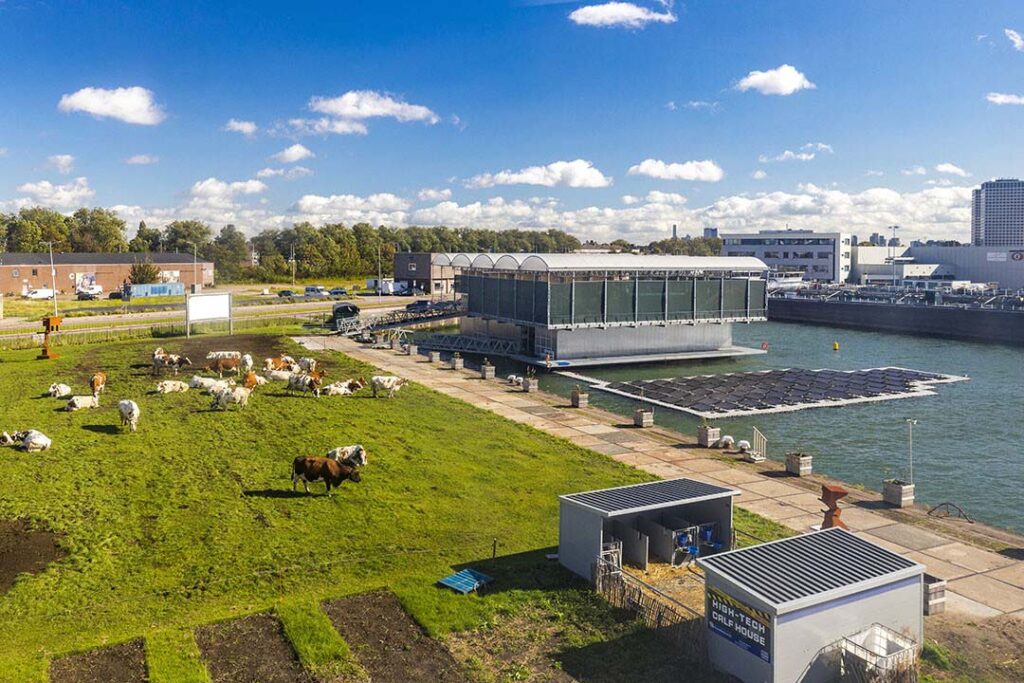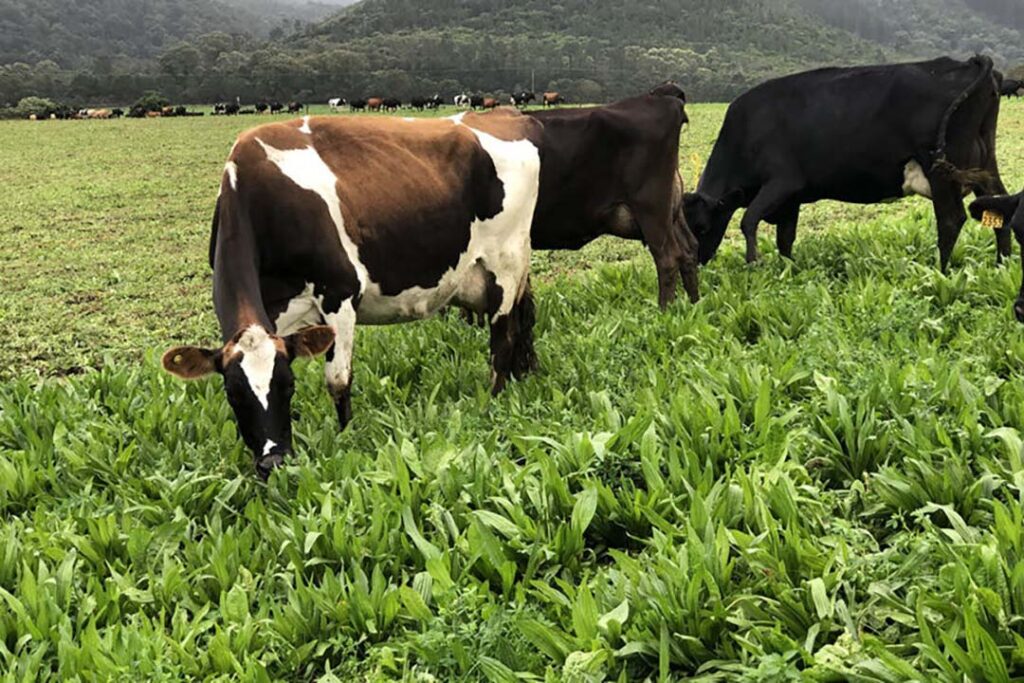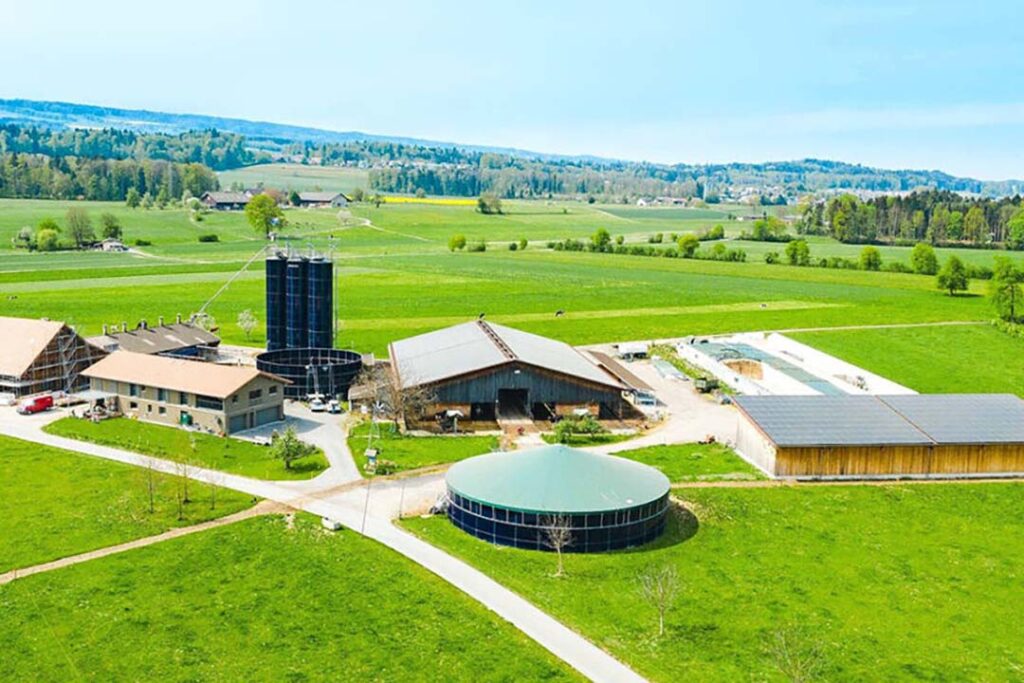Around the globe with 10 must-read farm visits in 2023

This year we will go to all corners of the globe to showcase what farms worldwide are focusing on and how they run their dairy farms. But let’s review the past year first. Looking back at 2023, from a farm in Minnesota milking one of the largest herds, to Switzerland where youngstock make the most of the mountain pastures in summer – herewith 10 farm visits not to miss!
1. Ireland
Shrink or expand – it’s all about the return on Irish dairy farm
The Clonnoe Farm in Ballynoe, Ireland, is run by Shane Fitzgerald (44), a second-generation farmer. Fitzgerald’s company shows characteristics of both steady and substantial growth. When entering the yard, you first see the large open-air waiting area with a 20-year-old 2×20 swingover parlour behind it. Immediately adjacent is a 40-year-old cubicle barn with 120 places and a shed with room for dry cows and some youngstock.
2. Denmark
Danish dairy farmer uses only locally-grown protein
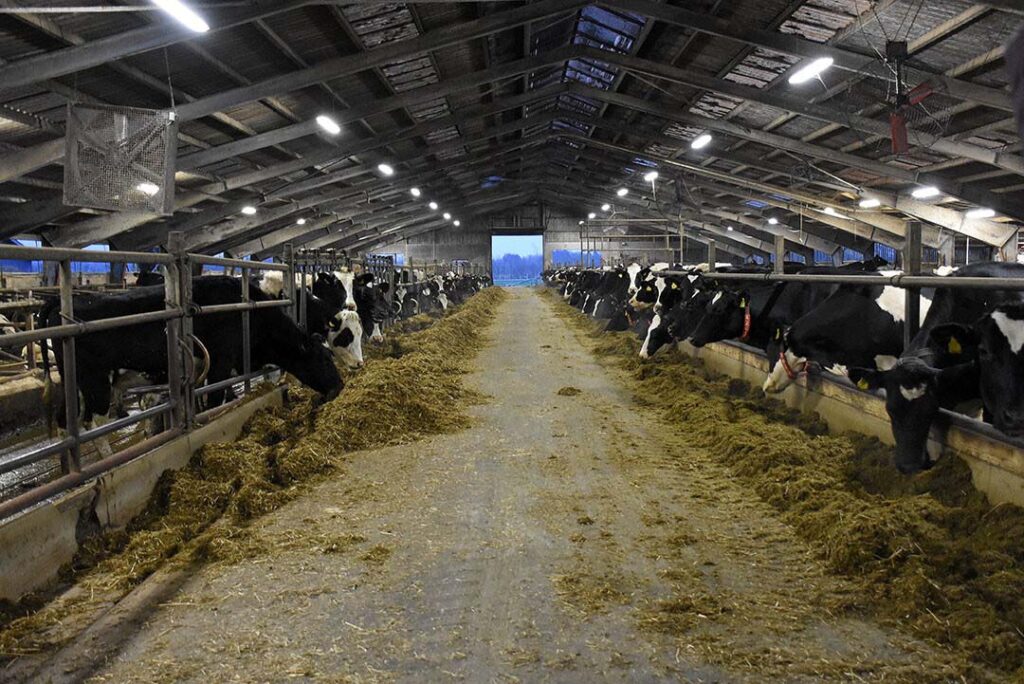 A dream comes true as young Danish farmer, Jesper Toft Bitsch, buys his own dairy unit. Instead of imported soybeans, the farmer uses only locally-grown proteins in the diet of his cows. Having worked on and managed a number of dairy farms after completing his education, it was always Danish farmer Jesper Toft Bitsch’s dream to one day own his own unit milking his own cows.
A dream comes true as young Danish farmer, Jesper Toft Bitsch, buys his own dairy unit. Instead of imported soybeans, the farmer uses only locally-grown proteins in the diet of his cows. Having worked on and managed a number of dairy farms after completing his education, it was always Danish farmer Jesper Toft Bitsch’s dream to one day own his own unit milking his own cows.3. US
Minnesota: Milking one of the largest herds of 9,500 cows
Near the small village of Murdoch, approximately 175 km west of Minneapolis, is Minnesota’s largest dairy cow farm, home to one of the largest herds in the US with 9,500 cows. Louriston Dairy is the name, and it’s part of a fast-growing network of giant farms built and operated by Riverview LLP, a Minnesota-based firm. Riverview owns 92,000 dairy cows spread over 10 herds in Minnesota, 2 in South Dakota, 1 in Mexico and 1 in Arizona.
4. UK
A tour around a typical British dairy farm
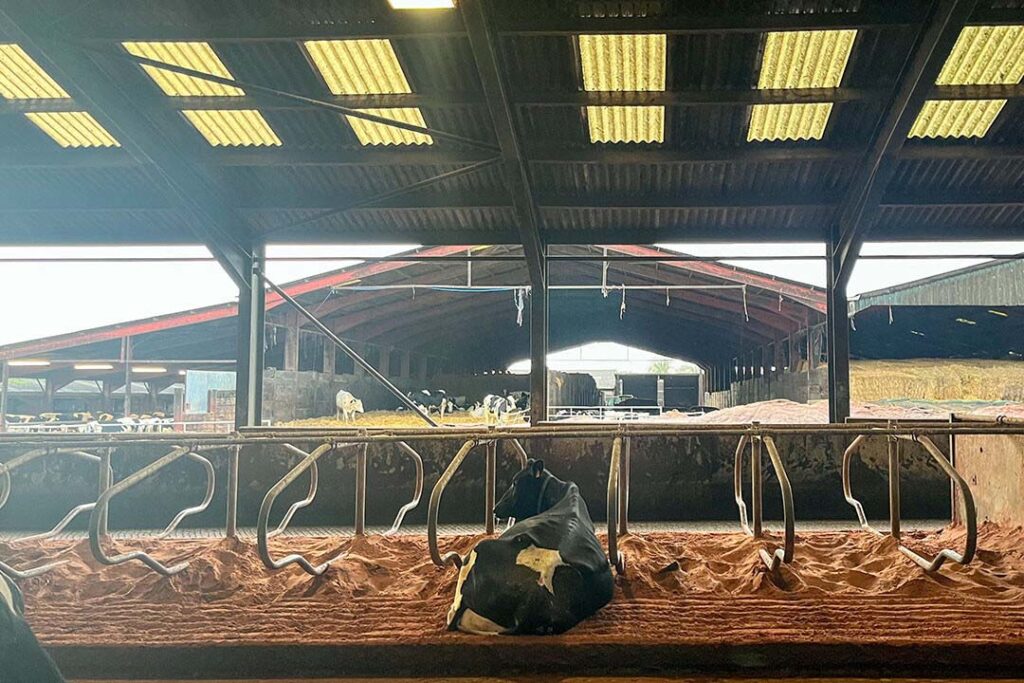 Just after midday, it is busy on Henry (74) and John (44) Shiles’ dairy farm. Just 2 staff members are milking the 439 cows in the milking parlour, and the cubicles have just been refilled. The farm, located in Codrington in the UK, looks like a typical British dairy farm with high roughage silage pits, and a closed floor between cubicles. A tractor scrapes manure out of the barn every morning. The farm boasts many separate buildings, which is a result of gradual growth.
Just after midday, it is busy on Henry (74) and John (44) Shiles’ dairy farm. Just 2 staff members are milking the 439 cows in the milking parlour, and the cubicles have just been refilled. The farm, located in Codrington in the UK, looks like a typical British dairy farm with high roughage silage pits, and a closed floor between cubicles. A tractor scrapes manure out of the barn every morning. The farm boasts many separate buildings, which is a result of gradual growth.5. The Netherlands
VIDEO: Catching up with the ‘floating’ cows in the Netherlands
At first it seems as if the farm is situated in the most unlikely spot in the Netherlands, yet the Floating Farm accommodates 34 dairy cows on the day of our visit. The Holstein-Friesian cows seem to take to ‘floating’ and are housed on a platform in an old port of Rotterdam without much hassle. It was opened in 2019. Now, a few years on, we catch up with this unique dairy farm.
6. Australia
First robotic rotary makes big impression on Australian dairy
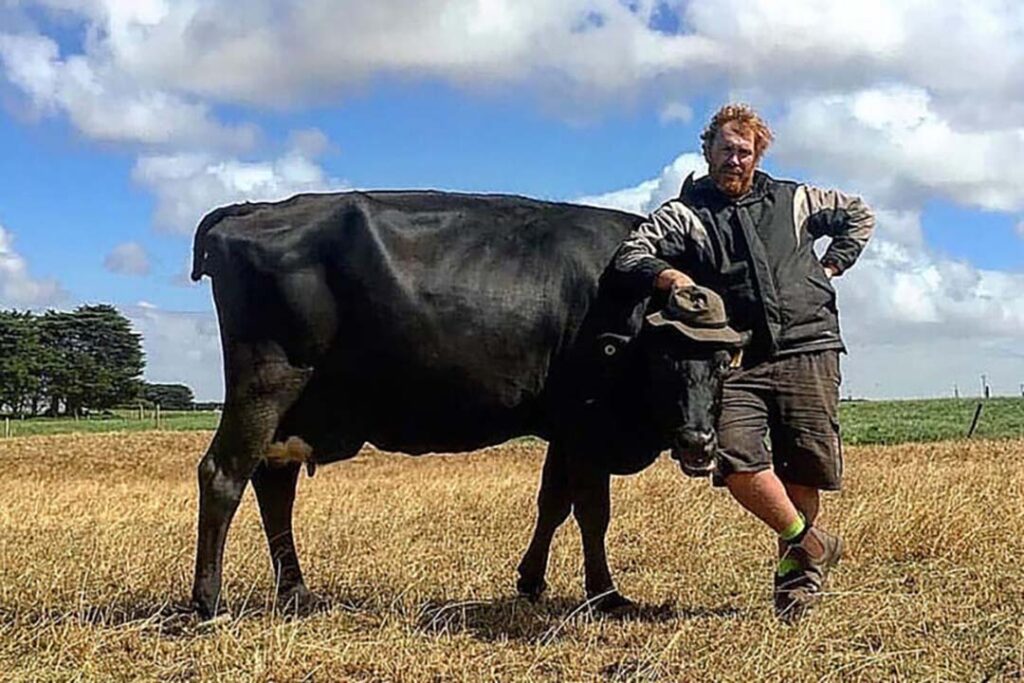 New technology in the form of a fully robotic rotary parlour is making light work of milking 750 cows twice a day on a farm in Australia. From spending hours manually milking his large herd, Paul Smith says the new unit has totally transformed his farm as he just ‘babysits’ the technology now. Smith’s farm is at Mepunga on the Great Ocean Road in southwest Victoria, and he has been working there for over 30 years.
New technology in the form of a fully robotic rotary parlour is making light work of milking 750 cows twice a day on a farm in Australia. From spending hours manually milking his large herd, Paul Smith says the new unit has totally transformed his farm as he just ‘babysits’ the technology now. Smith’s farm is at Mepunga on the Great Ocean Road in southwest Victoria, and he has been working there for over 30 years.7. South Africa
A perfect balance between input and output
Lauded for their stewardship of the land on which they farm, the Biggs family is setting a precedent for how dairy herds can reach greater sustainability in South Africa. Obtaining 65% of a dairy herd’s feed from pasture in South Africa is a mean feat, especially if it is entirely rainfed. Dryland dairy farming in South Africa is a rarity, with the arid climate necessitating at least partial irrigation of pastures where cows are not in a TMR system.
8. Canada
Prairie cows thrive in the climate
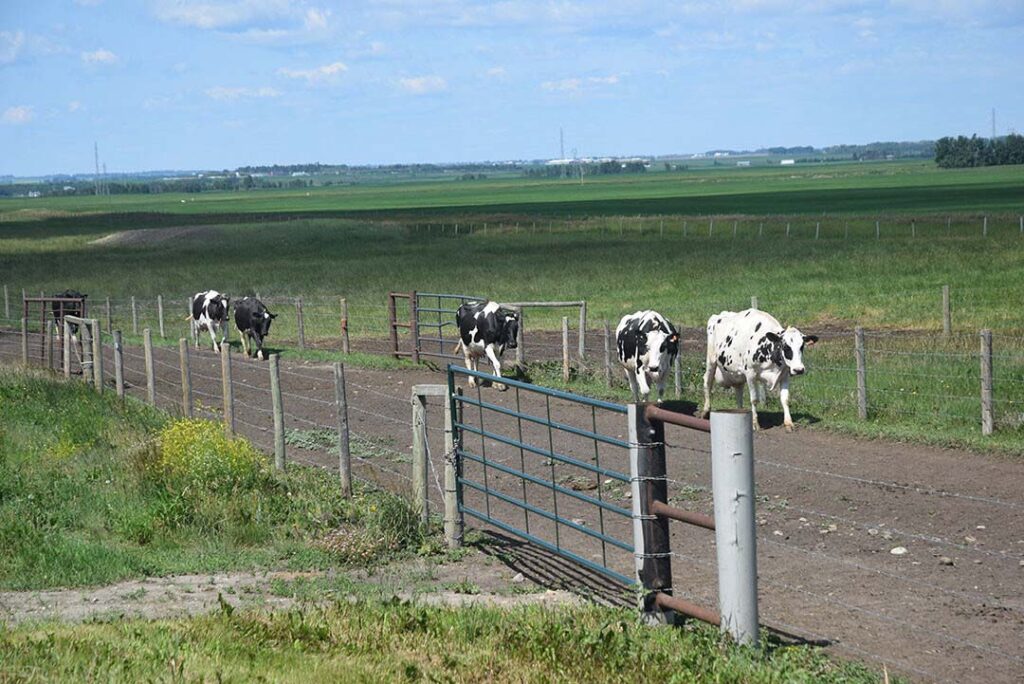 Despite the difficult conditions for farming in the prairie province of Alberta, the dairy cows like the dry and cold climate. There are about 1.4 million dairy cows and 9,700 herds in Canada. Most are found in eastern Canada, while in the prairie provinces there are only a few dairy farmers. In Alberta, which is the last prairie province before the great Rocky Mountains, there are more than 500 dairy farmers.
Despite the difficult conditions for farming in the prairie province of Alberta, the dairy cows like the dry and cold climate. There are about 1.4 million dairy cows and 9,700 herds in Canada. Most are found in eastern Canada, while in the prairie provinces there are only a few dairy farmers. In Alberta, which is the last prairie province before the great Rocky Mountains, there are more than 500 dairy farmers.9. Switzerland
Youngstock in the meadows and a focus on team work
Peter and Mathias Suter’s cubicle barn from 2000 has a somewhat unusual setup. In front of the barn, an 8m-wide strip has slatted floors over the full width. There are also slatted floors over the full length of the side walls, approximately 4m wide. The cows have continuous free access to this area. “Following a referendum in 1991, outdoor access was made compulsory for all production animals, including dairy cows in the winter period,” explains Peter Suter.
10. Israel
“Regulations are becoming harder to comply with”
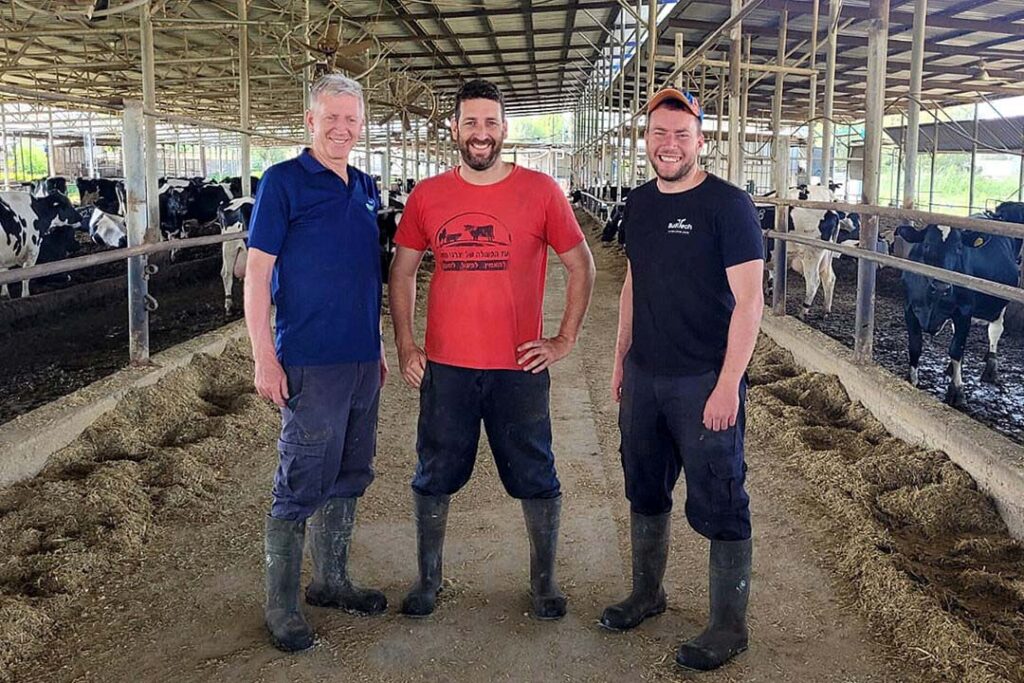 When Yoel Strauss completed his military service in Israel back in 2007, he couldn’t wait to get back home, milking cows and being more involved in dairying. Yoel is the third generation to work on the family farm at Moshav Sede Ilan, following in the footsteps of his dad Ariye and late grandfather Yitzhak Strauss, known as Itzu.
When Yoel Strauss completed his military service in Israel back in 2007, he couldn’t wait to get back home, milking cows and being more involved in dairying. Yoel is the third generation to work on the family farm at Moshav Sede Ilan, following in the footsteps of his dad Ariye and late grandfather Yitzhak Strauss, known as Itzu.

